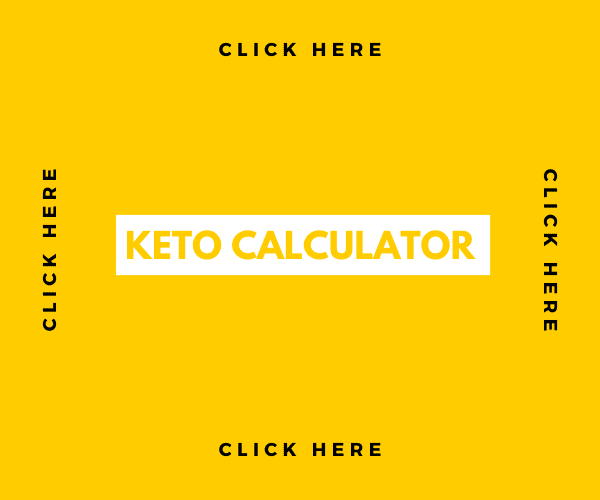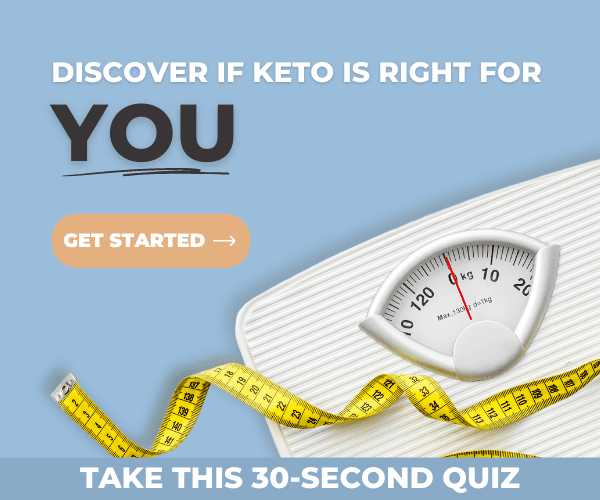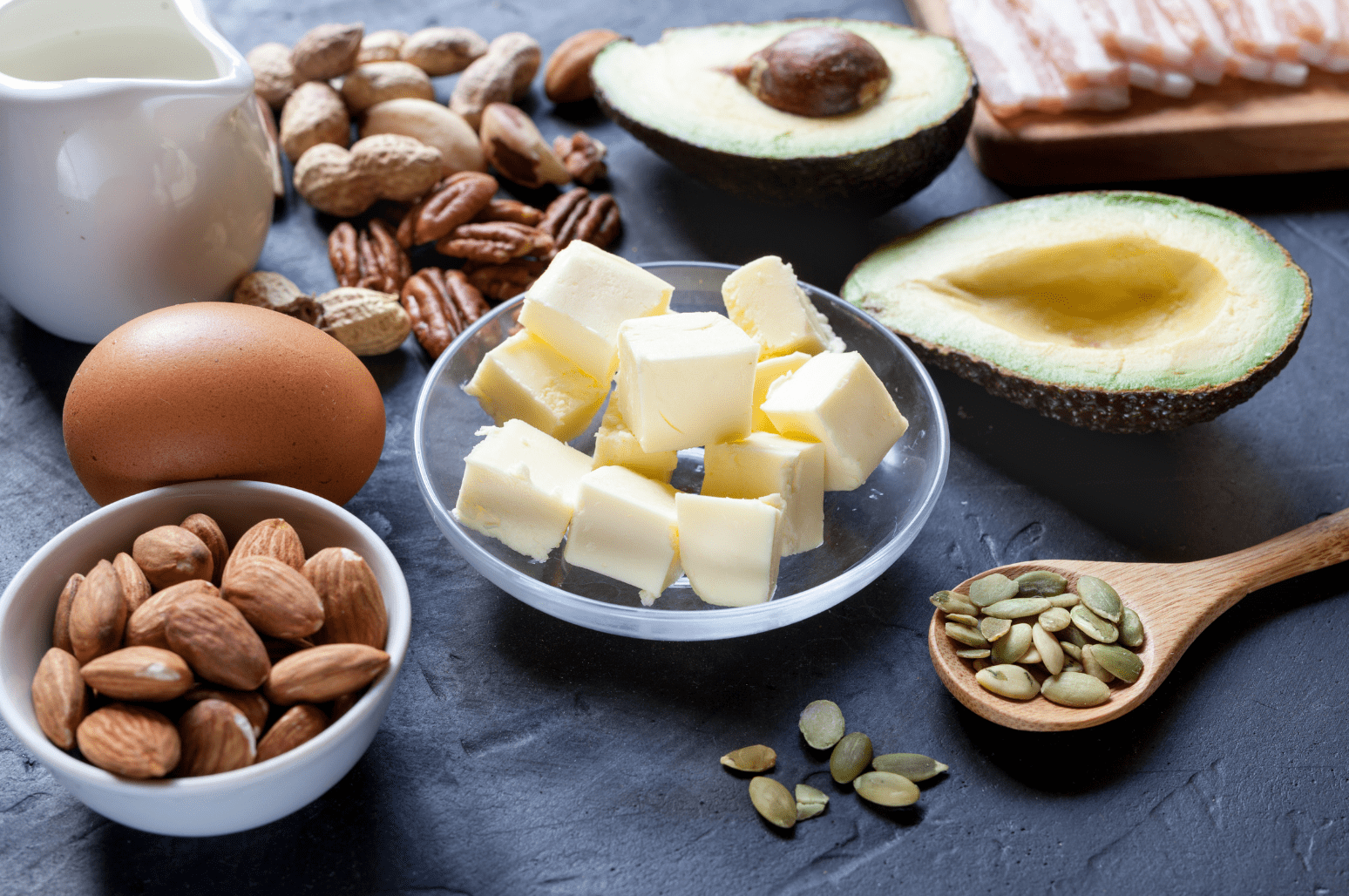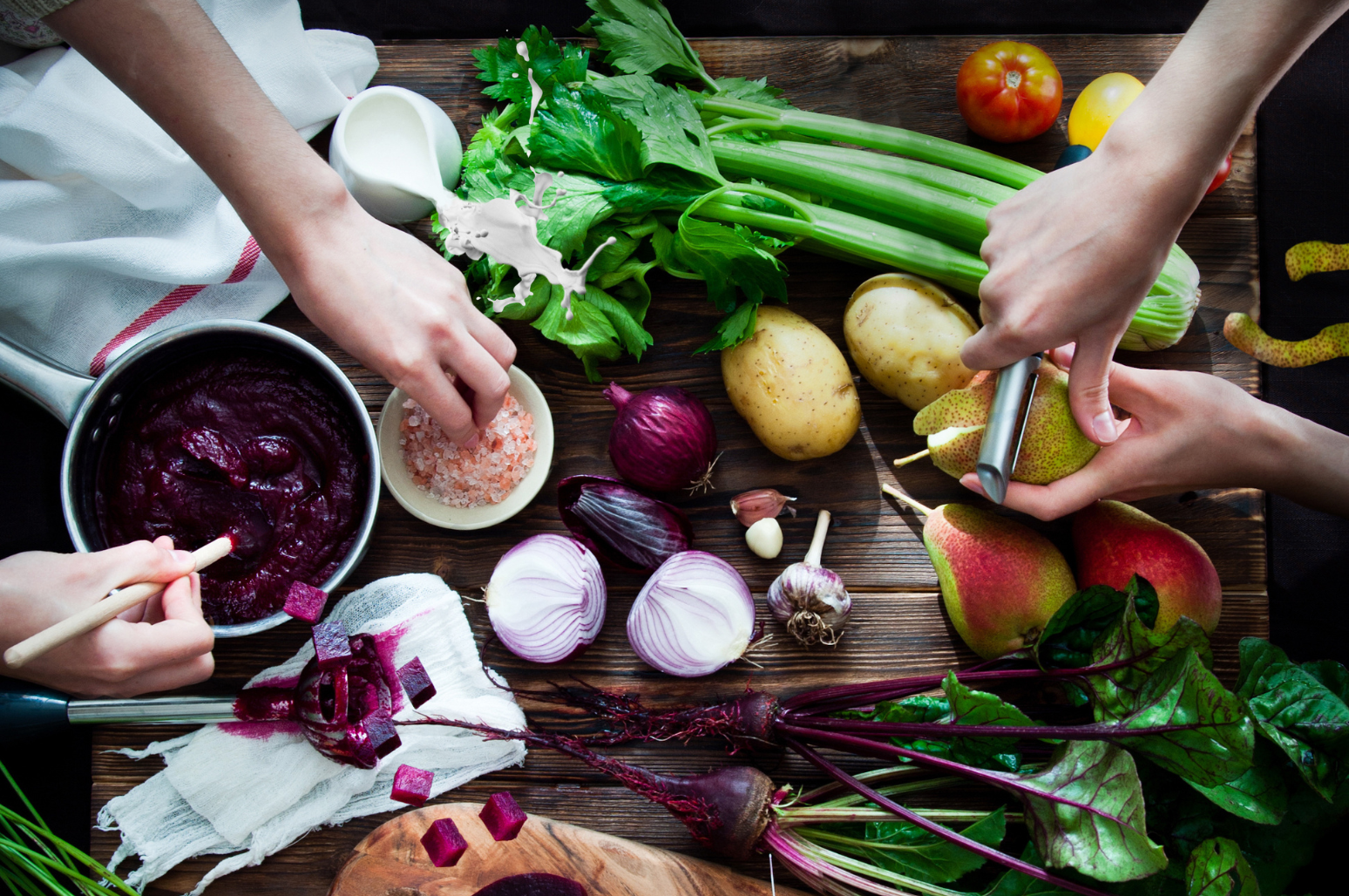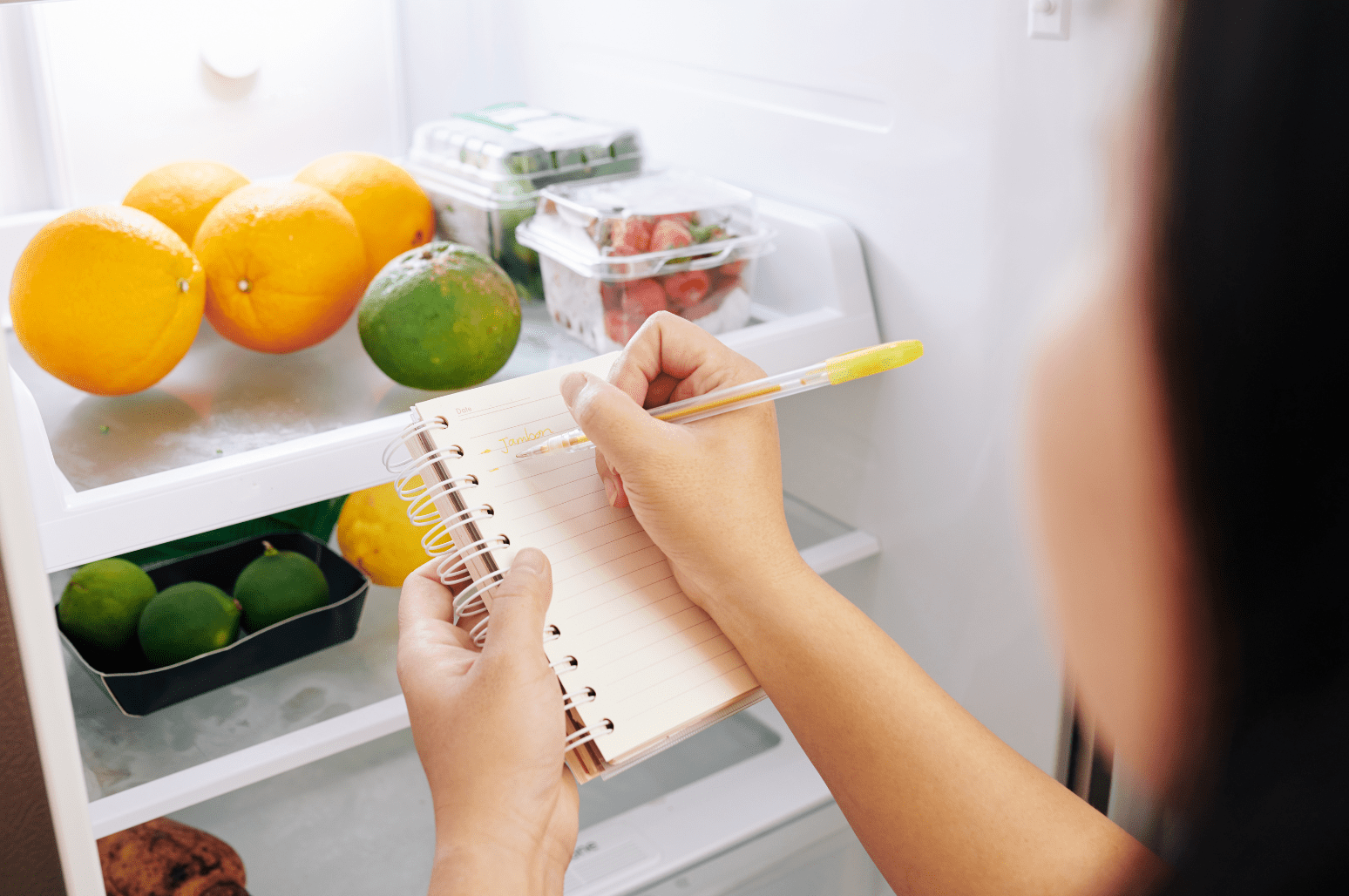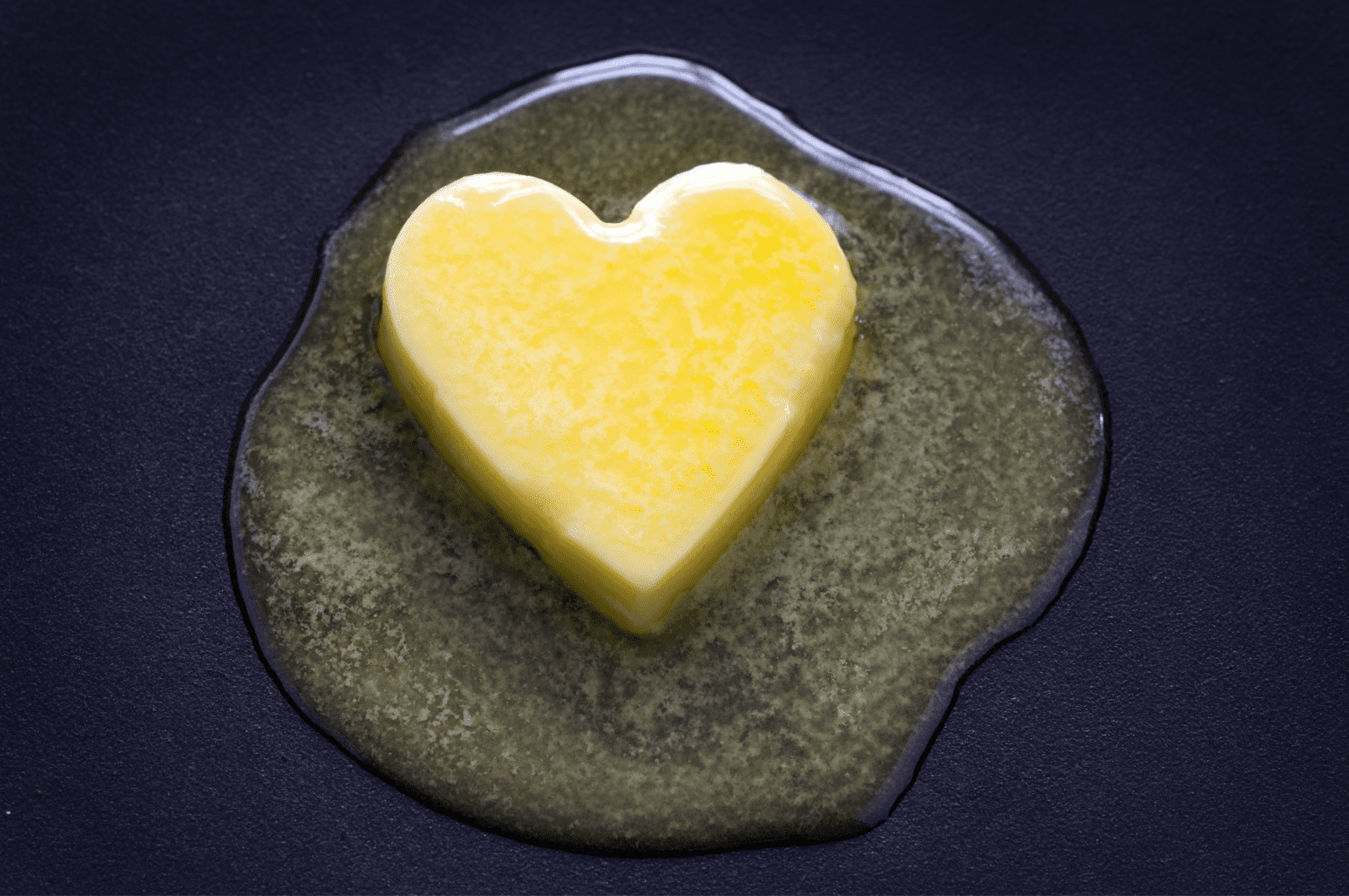Trigger Foods: How to Not Give in to Carb and Junk Food Cravings

Think about someone that pushes your every button; that REALLY knows how to get under your skin. Think about a time when they sent you over the edge… how you lost all control, logic, and reasoning.
Now change that person’s name with your favorite food. The one that you can’t “just have one” of. The one that knows all your soft spots and how to keep you coming back for more (sounds almost like an ex… lol). Well contrary to a bad past relationship, let’s try and mend the association you have with trigger foods—and here’s how!
Firstly, BE HONEST with yourself! It’s perfectly fine to have guilty pleasures… actually, let’s just refer to them as pleasures because life’s too short to have guilt and regrets.
Knowing and admitting which foods are your pleasure foods is the first step, kind of like the ABC’s to a recovery intervention. Ever heard of “honest is the best policy”? There’s no need to try and hide from yourself.
Why Do We Crave Certain Foods?
It’s actually NOT YOUR FAULT that you get these cravings… it’s the bacteria in your gut! Did you know there are over 10 times as many microbial cells in your gut compared to human cells in your body!? The vagus nerve connects your gut to your brain through what’s known as the “gut-brain axis”. When your gut microbiome gets out of whack, those little overgrown devils will trick your brain and say “FEED ME!” Different kinds of bacteria thrive on different foods. There are cells within your gastrointestinal tract that, when stimulated (even to the smallest degree), will modify the secretion of hormones that regulate satiety and hunger. [4] Studies have been published for years now linking addiction in the brain to sugar. One stated, “access to sugar can lead to behavior and neurochemical changes that resemble the effects of a substance of abuse… [and] is capable of producing a “dependency.” [1]
We often think that addiction is an extreme circumstance, but the same areas of the brain are stimulated by overconsumption of sugar. A study in 2007 found that “rats with intermittent access to sugar will drink in a binge-like manner that releases DA [dopamine]… like the classic effect of most substances of abuse. This consequently leads to changes in the expression or availability of DA receptors” [1] meaning that more sugar is needed each following time.
 Additionally to certain trigger foods, stress and lack of sleep can alter the gut microbiome through the hypothalamic-pituitary-adrenal (HPA) axis—simply put, where central stress response occurs. [5] Ever wonder why some people eat more under stress, while others can’t even think about food? When your hormones are out of whack, it can have a multitude of downstream effects that cause these kinds of unusual behavior.
Additionally to certain trigger foods, stress and lack of sleep can alter the gut microbiome through the hypothalamic-pituitary-adrenal (HPA) axis—simply put, where central stress response occurs. [5] Ever wonder why some people eat more under stress, while others can’t even think about food? When your hormones are out of whack, it can have a multitude of downstream effects that cause these kinds of unusual behavior.
Now think about those foods that make you feel stuffed after only a couple bites. These different foods give us satisfaction—but what kind of satisfaction? Emotional? Psychological? Physical? Here’s where the next step comes into play. BE MINDFUL. When that craving or hunger pain starts coming on, think about which form of satisfaction you will be fulfilling. Learn to understand what your body and mind are trying to tell you. By making a consistent effort to be aware of your mind and body, you can begin to differentiate times that you are “bored” hungry and actually hungry.
Next is all about PERSPECTIVE. So many times we underestimate the power of our minds. It has been said, “speak it into existence and it shall be done”. This can be applied when it comes to food as well. Do you live to eat? Or eat to live? Both sound so similar, but have completely opposite vantage points. While eating can and should be pleasurable (emotional), we have to remember the main purpose of consuming food—to fuel our incredible, high-performance bodies (physical). “You are what you eat” is commonly thrown around in a joking matter, but there’s so much validity in that. Drinking a 140 calorie, sugary coke will supply you with energy, sure… but how will you feel an hour or two later? Probably drained and needing another one. With all the demands of our busy, fast-paced lives, why not fuel your body to be the best version of yourself? The version of you that’s productive and able to accomplish anything you set your mind to!
You have probably heard it said that we are creatures of HABIT. A study in 2012 over the psychology of “habit formation” reported, “while often used as a synonym for frequent or customary behaviour in everyday parlance, within psychology, ‘habits’ are defined as actions that are triggered automatically in response to contextual cues that have been associated with their performance.” [2] What the heck does that even mean!? Simply put, we habitually do things based on repetition and cues (Pavlov’s “classical conditioning”). An example would be having to use the restroom every day at the same time. Your body becomes accustomed to this timing and creates a habit. The same goes for food. This is apparent because so many people think, “oh, it’s 6:00 PM! Time to eat dinner!” without question.
The same study mentioned earlier found that “habit strength” had an asymptomatic increase that plateaued after 66 days; meaning it took roughly 2 months for that new habit to “stick”. What was also interesting is that they found the occasional “slip-up” did NOT affect the habit formation process. Going back to the idea of cutting out the word “guilty” from guilty pleasure—one bump in the road isn’t indicative of success. While we still have to make a cognizant effort to change, think about the long game!
Tips and Tricks for Cutting Out Trigger Foods
- Following a well-formulated ketogenic diet can regulate the body’s hormones and stabilize blood sugar and insulin. This will allow for you to not get that late afternoon “hangry” feeling and give you freedom from trigger foods. It must be noted that these benefits come after becoming “keto adapted” to allow your body to use fat as fuel.
- Don’t buy your “trigger food”. If you don’t have it available in your home, there is less of a chance to be tempted. Then over time, in the absence of that food, you prevent the “bad” bacteria from thriving and stop sending false signals to your brain. [4]
- Use Pavlov’s “classical conditioning.” Replace your “trigger food” with another good habit such as doing 10-20 push-ups or air squats. Acute exercise bouts in both men and women can suppress hunger hormones and elevates satiety hormones. [3]
- Take a couple hours in the kitchen every other week to make your smaller, pre-portioned KETO-FRIENDLY snack. This way, when that craving comes along, you can reach for something planned out rather than saying “ehh… this looks about one serving” or “I’ll just have a handful”, and end up eating the whole bag.
- Spice it up! “Capsaicin” is found in certain spicy foods that sparks nociceptors (pain receptors) that tell your brain there’s something “hot” in your mouth. This warning sensation can override your original craving. Be careful not to overdo it though!
Last Resort (Beware) for Cravings
If all else fails… GIVE IN to your pleasure food. “Wait… what!?” Yes, you heard correctly, but MAKE IT KETO-FRIENDLY and portioned correctly J “Microdosing” is termed as “dosing in small amounts to allow a cellular response, but not produce whole-body effects.” If cutting out your trigger food “cold turkey” isn’t something you do psychologically, I challenge you to give it a try. By “giving in” (in small amounts), rather than saying it is “off-limits”, you can satisfy the neurological aspect you experience from a craving, but not experience going through the vicious “sugar addiction” cycle mentioned earlier. Just be careful to not overconsume as this will lead down a slippery slope!
A keto-friendly version (high in healthy fats) of your pleasure food will keep stable levels of blood glucose and insulin. Ketogenic.com is a great place for recipes to fulfill all your low-carb sweet tooth needs.
In the end, we want to create a positive relationship with food and our bodies. Food is fuel. Can we still enjoy it? Of course! However, practicing mindful eating will allow you to make connections with your mind and body to set you up for success. Using little tricks to help you ditch that sugar craving will get you on track to reach your goals.
References
Avena, N. M., Rada, P., & Hoebel, B. G. (2007, March). Evidence for sugar addiction: Behavioral and neurochemical effects of intermittent, excessive sugar intake. Retrieved from https://www.ncbi.nlm.nih.gov/pmc/articles/PMC2235907/
Gardner, B., Lally, P., & Wardle, J. (2012, December). Making health habitual: The psychology of ‘habit-formation’ and general practice. Retrieved from https://www.ncbi.nlm.nih.gov/pmc/articles/PMC3505409/
Thackray, A. E., Deighton, K., King, J. A., & Stensel, D. J. (2016, September). Exercise, Appetite and Weight Control: Are There Differences between Men and Women. Retrieved from https://www.ncbi.nlm.nih.gov/pmc/articles/PMC5037567/
Lam, Y. Y., Maguire, S., Palacios, T., & Caterson, I. D. (2017, June). Are the Gut Bacteria Telling Us to Eat or Not to Eat? Reviewing the Role of Gut Microbiota in the Etiology, Disease Progression and Treatment of Eating Disorders. Retrieved from https://www.ncbi.nlm.nih.gov/pmc/articles/PMC5490581/
Smith, S. M., & Vale, W. W. (2006, December). The role of the hypothalamic-pituitary-adrenal axis in neuroendocrine responses to stress. Retrieved from https://www.ncbi.nlm.nih.gov/pmc/articles/PMC3181830/

